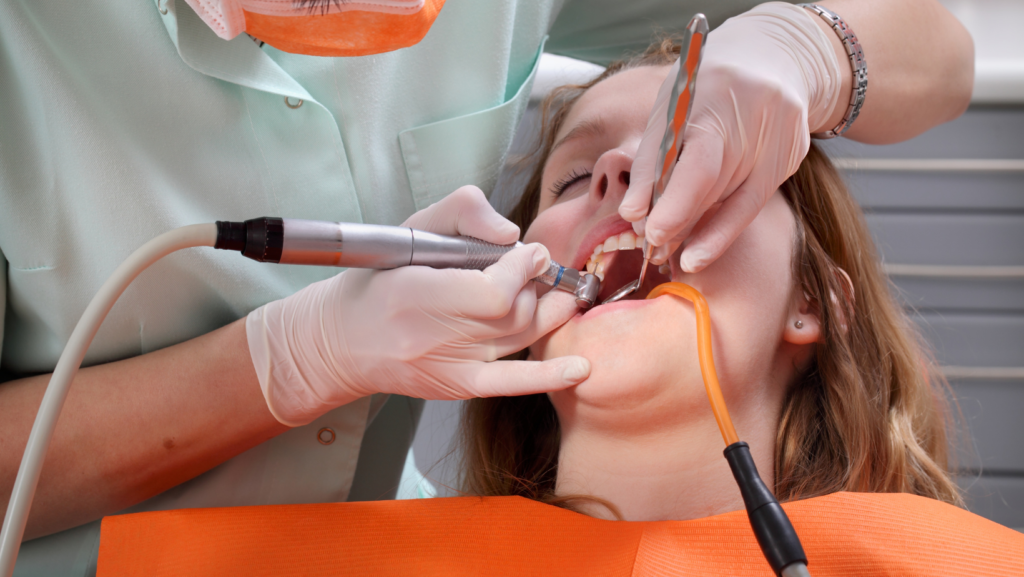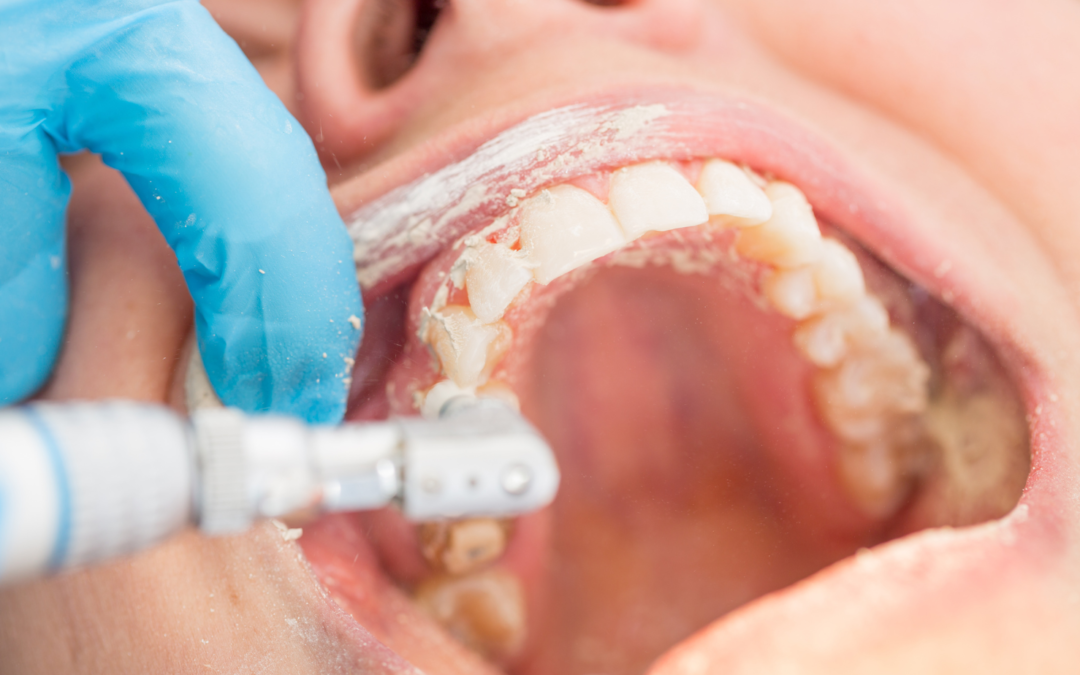It’s no secret that the cost of dental procedures isn’t cheap. But you may not know that many factors go into the true cost of a dental procedure. And unless you understand all of those factors, you could be in for a nasty surprise when it comes time to pay your bill.
This article will explore what you need to know before going to the dentist. We’ll cover everything from insurance and financing to hidden costs and discounts. So whether you’re getting ready for your next appointment or doing some dental care research, read on for the inside scoop.
Insurance May Not Cover the Full Cost of Your Procedure
If you have dental insurance, it’s important to understand that most plans only cover a portion of the cost of most procedures. For example, according to eHealthInsurance, the average dental plan covers between 50% and 80% of the cost of preventive care (like cleanings and X-rays). But for more major procedures like fillings, crowns, or root canals, your coverage may be closer to 50%.
Additionally, many dental plans have an annual maximum benefit, the most they will pay out in a year for covered services. Once you reach your maximum benefit, you will be responsible for 100% of the costs of any additional procedures.
You May Need to Pay a Deductible
In addition to only covering a portion of the cost of most dental procedures, many insurance plans also require you to pay a deductible before your coverage kicks in. A deductible is an amount you must pay out-of-pocket for dental care before your insurance starts paying its share.
For example, let’s say you have a $50 deductible and need a filling that costs $100. You would be responsible for paying the first $50 bill, and your insurance would cover the remaining $50.
Some Procedures May Not Be Covered By Insurance At All

Even if you have dental insurance, there’s a good chance that your plan may not cover some of the procedures you need. For example, the National Association of Dental Plans says over 50% of dental plans do not cover orthodontic treatment (like braces).
And even if your procedure has insurance cover, there may be certain restrictions, like only covering a certain percentage of the cost or only covering procedures considered medically necessary. So it’s important to check with your insurance company before assuming they will cover any procedure’s full cost.
You May Need to Pay Upfront and Be Reimbursed Later
Another thing to remember is that many insurance plans require you to pay for your dental care upfront and then submit a claim for reimbursement. So even if you have insurance, you may still need to come up with the full cost of your procedure before the treatment starts.
You May Have to Wait for Your Insurance to Kick In
If you’re getting dental insurance for the first time or switching plans, there’s a good chance you will have a waiting period. A waiting period is when you have to wait after signing up for a new plan before your coverage kicks in.
For example, let’s say you sign up for a new dental plan on January 1st. If your plan has a six-month waiting period for major procedures, you would not be covered for any procedures (like fillings or crowns) until July 1st. So if you need any dental work done before then, you must pay for it yourself.
You May Need to Choose a Dentist From a Particular Network
If you have dental insurance, there’s a good chance your plan will require you to choose a dentist from their network. A network is a group of dentists that have agreed to provide care at pre-negotiated rates.
For example, let’s say your insurance plan has a network of 100 dentists in your area. If you choose to see a dentist, not in that network, you may have to pay for all or part of the bill yourself. So it’s important to check with your insurance company to ensure the dentist you want to see is in their network.
You May Have to Get Prior Approval for Some Procedures
Another thing to remember is that some insurance plans require you to get prior approval before starting any procedures. For example, if you need a more complex procedure like a root canal or a crown, your insurance company may require you to get prior approval before they cover any of the costs.
You May Need to Meet a Yearly Maximum Benefit
In addition to an annual deductible, many dental insurance plans also have a maximum benefit. A maximum benefit is the most your insurance company will pay for dental care in a year.
For example, let’s say your dental insurance plan has a $1,000 maximum benefit. You must pay for the difference yourself if you need dental work that costs more than $1,000 in a given year.
You May Have to Renew Your Insurance Every Year

Another thing to keep in mind is that dental insurance is not permanent. In most cases, you will need to renew your coverage every year. And if your premium goes up, there’s a good chance your benefits will also go down. So it’s important to keep that in mind when choosing a dental insurance plan.
You May Not Be Covered for Pre-Existing Conditions
Finally, it’s important to remember that most dental insurance plans will not cover pre-existing conditions. So if you have any dental problems when you sign up for a new plan, there’s a good chance your insurance company will not cover the cost of treatment.
This is why getting dental insurance while still young and healthy is so important. The younger you are, the less likely you are to have pre-existing conditions. And the less likely you are to need any major dental work done.
Conclusion
It’s important to be aware of the true cost of dental procedures before going to the dentist. This includes understanding what your insurance covers and doesn’t cover and how much you’ll likely have to pay out-of-pocket. By having this information, you can ensure you’re getting the best deal on your dental care.
What does your insurance coverage and doesn’t cover, and how much will you likely have to pay out-of-pocket? By being informed, you can ensure you’re getting the best deal on your dental care.

I need to to thank you for this good read!! I definitely loved every little bit of it. I have you book-marked to look at new things you postÖ